Study of electric power generation in the body referring to Deng Yuenagi to move a concrete lens type display and a cardiac pacemaker

Studies are under way to obtain power from compact terminals such as artificial organs such as cardiac pacemakers and contact lens type displays, which have been conceived from Denki Waki that can produce electricity in the body and produce electricity inside the body.
An electric-eel-inspired soft power source from stacked hydrogels | Nature
https://www.nature.com/articles/nature24670
Electric eel-inspired devices could power artificial human organs
https://www.nature.com/articles/d41586-017-08617-3
As for the idea of the artificial power generation system which got a hint from Denki Waki, you can see well by looking at the following movie.
Electric eel batteries - YouTube
Denki eel which captures small animals serving as foods and protects them from foreign enemies using the electricity generated in the body is literally a shocking existence in the natural world.

The mechanism that Denki Wagi produces electricity is to use ions such as sodium, chlorine and potassium present in the body.

In order to produce electricity, by opening the ion channel of the electric cell on the skin and moving cations such as sodium ion and potassium ion contained in the body fluid at once, ...
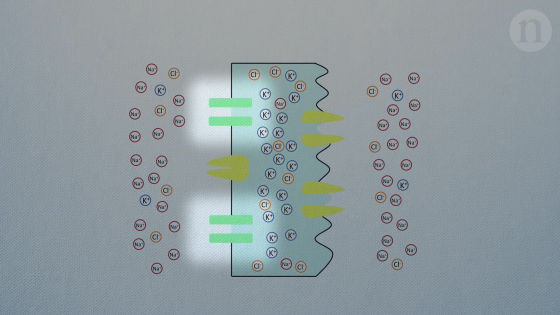
It creates a potential difference (voltage difference) of 150 mV before and after the membrane and extracts electricity. In other words, Denki Waku is able to freely create "small batteries".
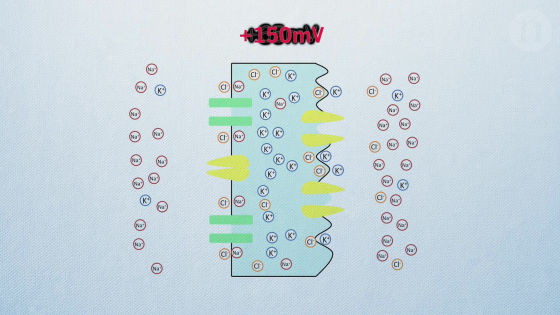
Individual ion channels can produce only a slight potential difference and can produce only weak electricity.
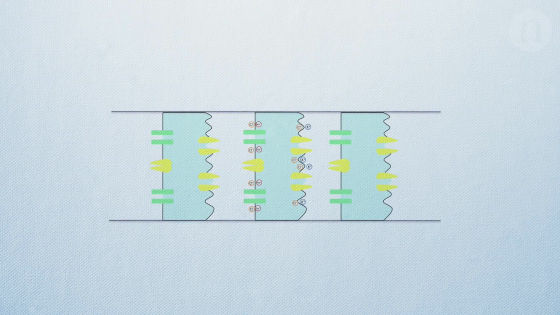
However, Denki Waki can generate voltages of several hundred volts by arranging in series the small batteries on the body surface in series and generating electricity at once.
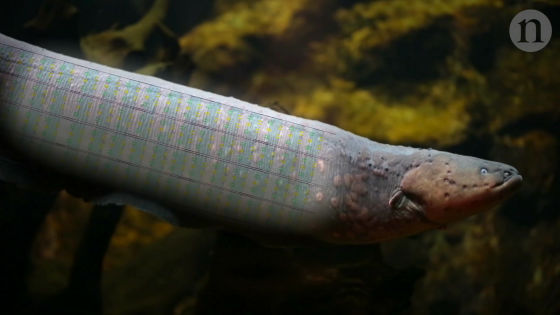
Researchers at the University of Michigan, inspired by the power generation system of Denki Wanni, which arrange a large number of small batteries in series to create large electricity, are currently researching and developing mechanisms to generate electricity in the human body.
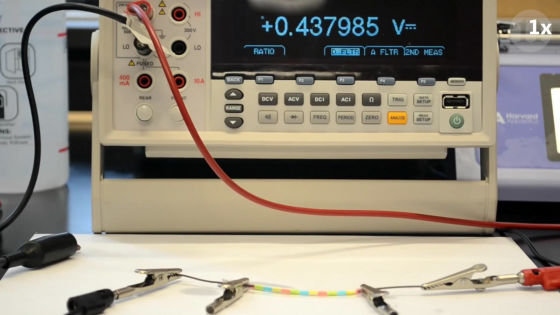
By stacking ions containing ions, it functions as a "small battery". Print this gel on a sheet in large quantity ...

By overlapping two sheets, let's function as "a big battery".

The sheets are piled up, and the gel creates a series of circuits and serializes it, so we are trying to extract large electricity. However, to make a series circuit, it is necessary to bring all gels into contact at the same time, which can not be realized by stacking sheets.
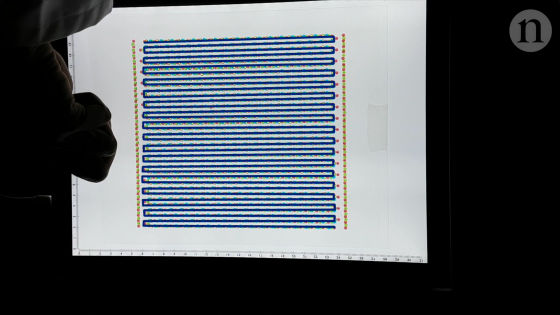
So I figured out the origami structure.
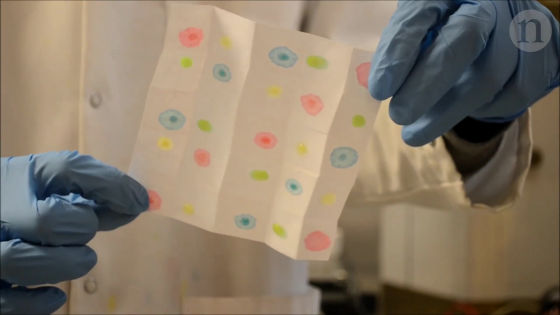
By collapsing the foldable paper with the gel at once, it is intended to create a series circuit by bringing the gel into contact at almost the same time and to create the same power generating mechanism as Denkei Waki that serializes over 1000 small batteries
.
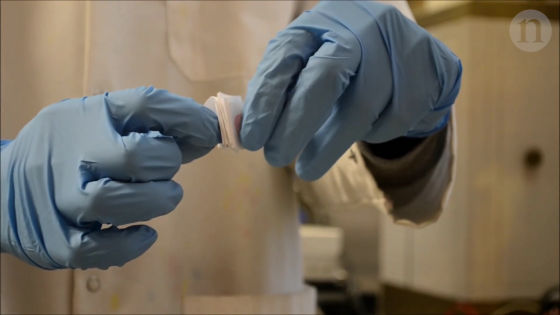
Dr. Thomas Schroder's research team at the University of Michigan focused on Deng Yuji in order to produce a biocompatible power supply.PolyacrylamideAnd water to create four kinds of gels that can exchange ions like Denki Waki's electric cells and succeeded in creating a potential difference of 110 volts by stacking about 2500 gels.
Denki eel has a mechanism to utilize the energy of metabolism to maintain the difference in electrolyte concentration between electric cells, but Dr. Schroeder thinks that this mechanism will reproduce. Ultimately, by using ions contained in body fluids to serialize small biocompatible batteries to produce electricity, the power of terminals such as cardiac pacemakers and contact lenses that also serve as displays is created from body fluids We are aiming to develop a mechanism to use semipermanently.

Related Posts:







